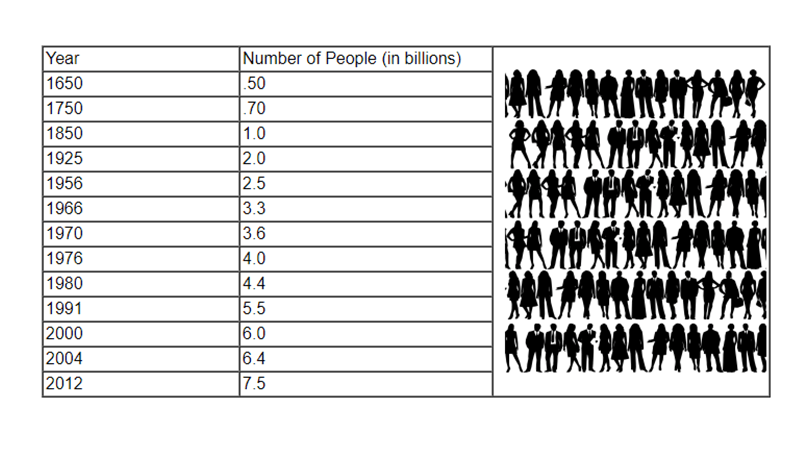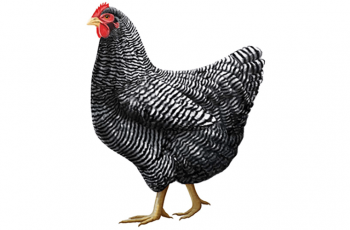Search results for: “system”
-

The Calvin Cycle
TED-ED video on the Calvin Cycle explains how the cycle works to create glucose. Students complete questions and label a diagram of the Calvin Cycle.
-
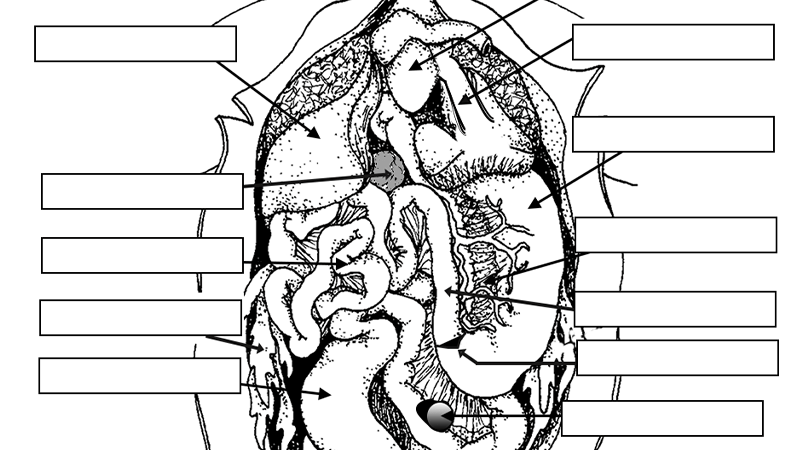
Frog Anatomy Label
This worksheet is a supplement to the frog dissection activity where students examine a preserved specimen. The main structures of the abdominal cavity are shown on this image and students practice identifying them using the included word bank. ( The worksheet could be modified to not include it should students need a greater challenge. )…
-
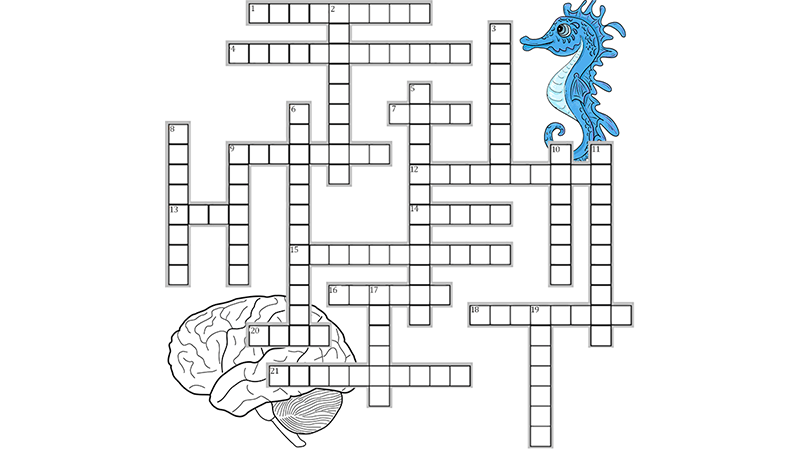
Brain Crossword
Students can practice their knowledge of the brain by completing this crossword puzzle. The puzzle includes information about the lobes of the brain (frontal, occipital, parietal, and temporal) as well as specific structures within the brain and their function. The terms are intended for students of anatomy and physiology, where they must explore details of…
-
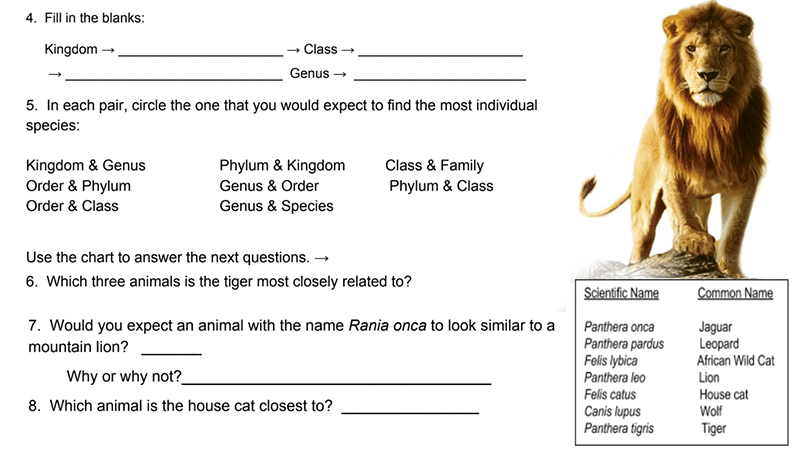
Practice with Taxonomy
Though Next Generation Science Standards does not emphasize the memorizing of major groups anymore, students can benefit from learning the basics of how animals are classified. Taxonomy is often introduced with evolution, where students learn how to analyze phylogenetic trees and create cladograms. This worksheet is a simple reinforcement exercise that covers the six kingdoms…
-
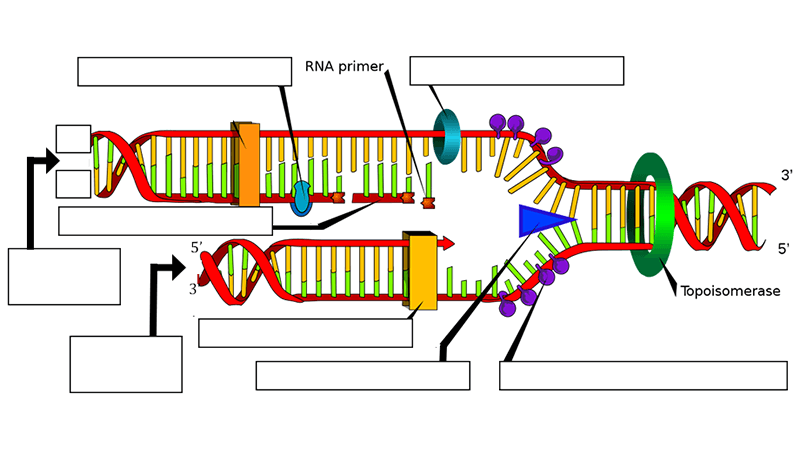
Label Steps of DNA Replication
For freshman, DNA replication is only covered in basic terms, where students are told that the process is semi-conservative and leads to the production of two new identical strands. AP Biology students are required to learn te steps of DNA replication and the roles that enzymes like DNA polymerase, helicase, and ligase, play in the…
-
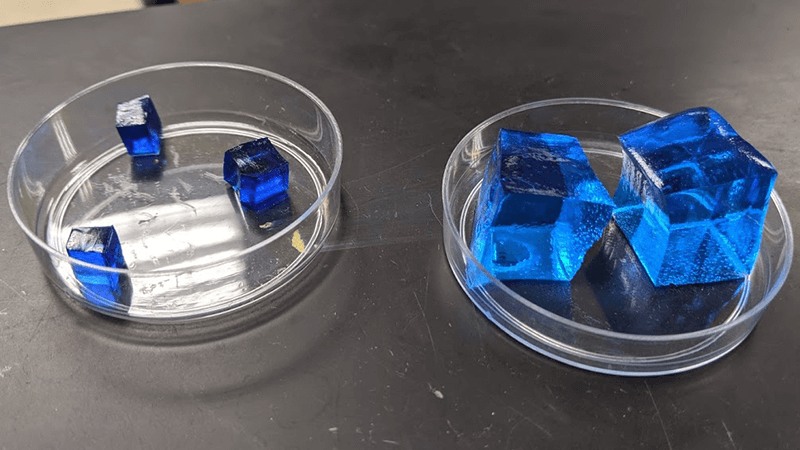
Modeling Osmosis
This basic lab uses Deco-cubes to show how they change in size when soaked in salt water, distilled water, and tap water.
-
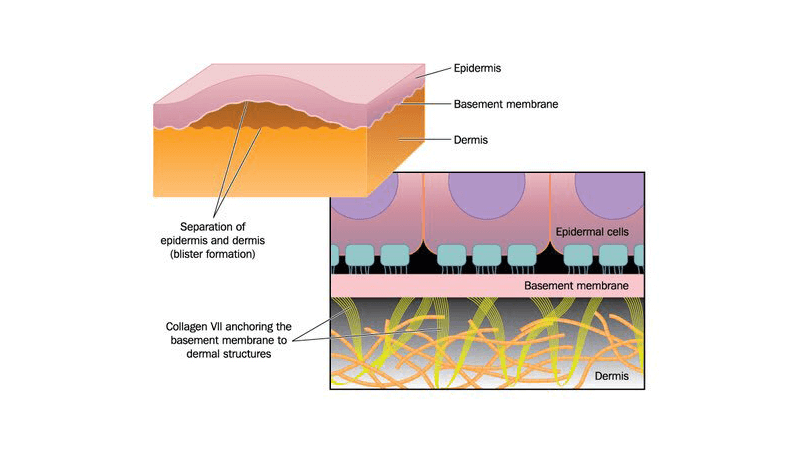
Anatomy and Physiology Lesson on Tissues
Phenomenon based unit where students examine the case of a child with the epidermolysis bullosa.
-
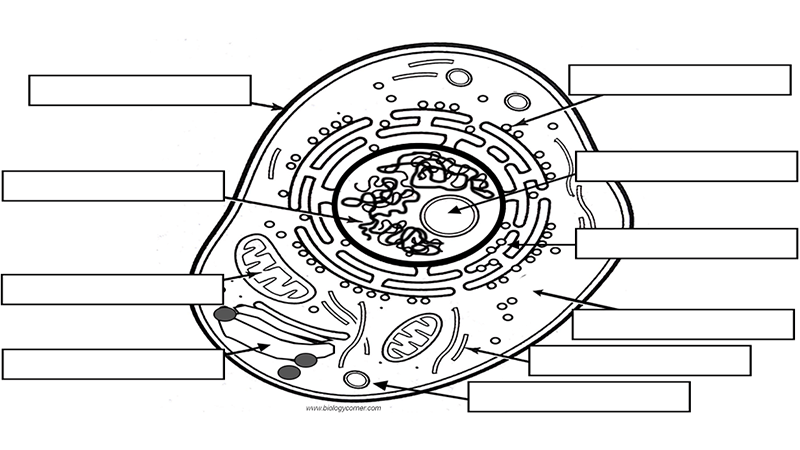
Reinforcement: Cell
This is a practice worksheet for students who are learning structures found in the cell. A list of terms can be matched with descriptions and definitions. The same terms can be used to label a diagram of an animal cell. I use reinforcement worksheets for review or remediation. I will give students 10 minutes to…
-
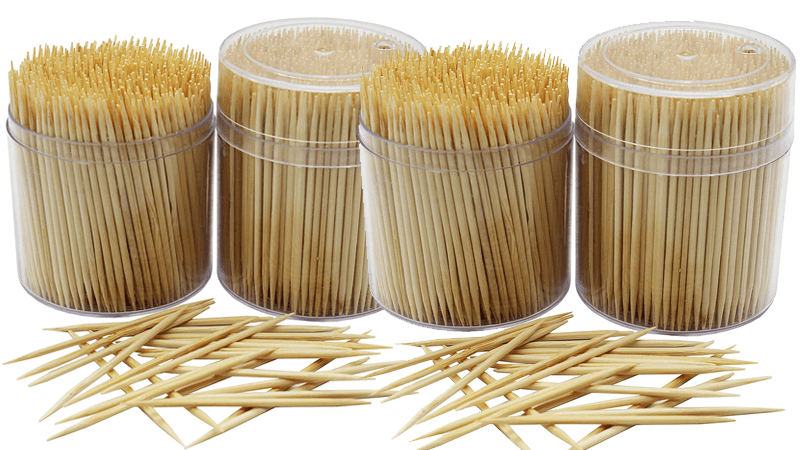
Investigation: Model Enzyme Activity with Toothpicks
Use toothpicks to model enzymes. Explore substrate and enzyme concentrations by changing toothpick numbers. Model competitive inhibition by taping fingers.
-
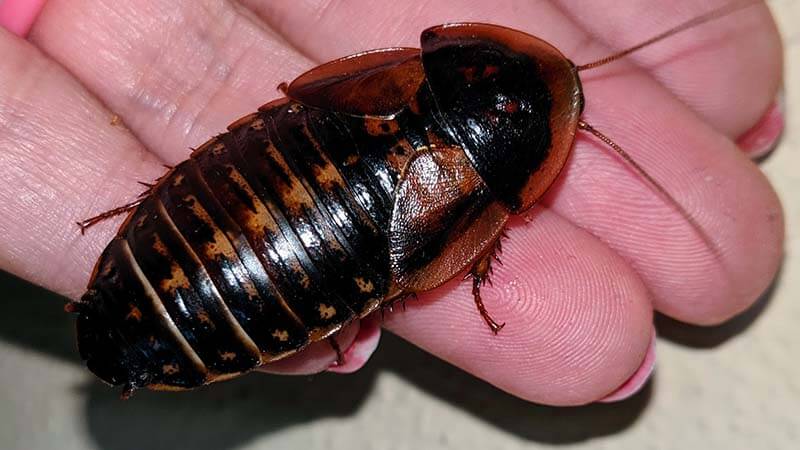
Exploration: An Inquiry Activity on the Dubia Roach
A short activity for day one in the science class. Give students a live animal to observe, like a dubia roach. They write observations, questions, and make inferences to share with the class.
-
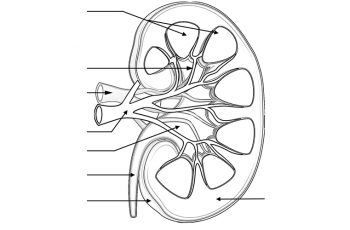
Label and Color the Kidney
This worksheet has a very simplified view of a kidney showing the cortex, renal pyramids, renal artery and vein, renal pelvis, and ureter. Students can practice labeling the structures and color coding the diagram. This worksheet was designed for a high school anatomy and physiology class and complements two other labeling and coloring worksheets: urinary…
-
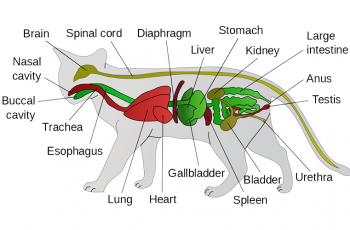
Complete Cat Dissection Student Guide
Cat dissection manual for anatomy and physiology students. A cat dissection is not usually performed in biology and reserved for upper level anatomy or college students. My anatomy class is only available for juniors and seniors. Some students may have ethical issues with dissections, and I refer them to an alternate version for the dissection…
-
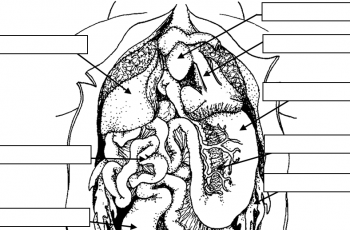
Frog Anatomy Label
This worksheet is intended to help students review the anatomy of the frog after they have completed the dissection of the frog. Images show the internal anatomy of the frog with blanks for students to fill in the names of structures, like the liver, intestine, lungs, spleen, and heart. Guide also compares the male and…


